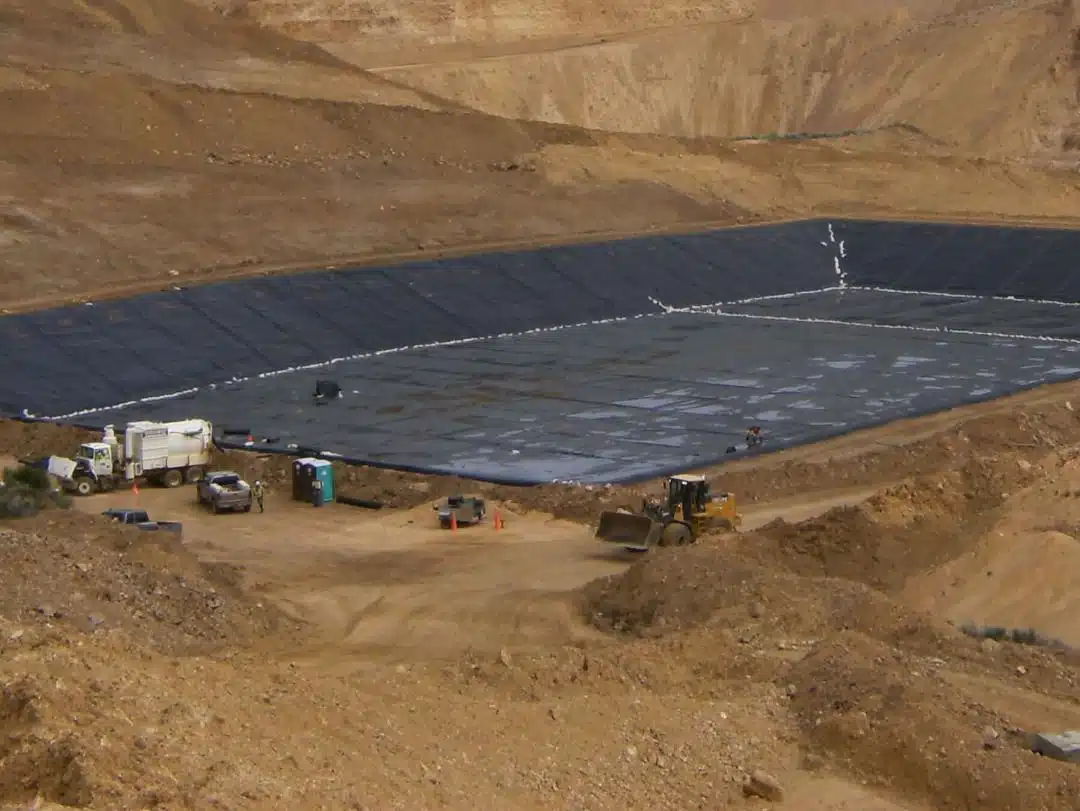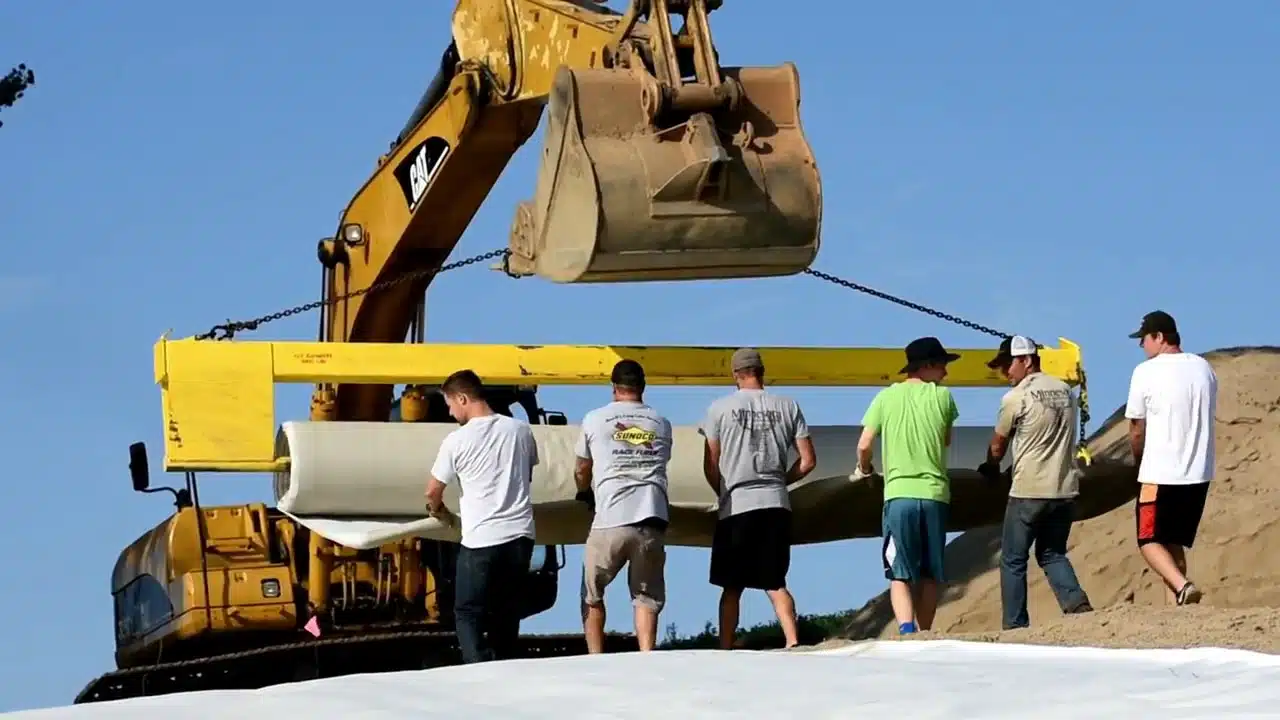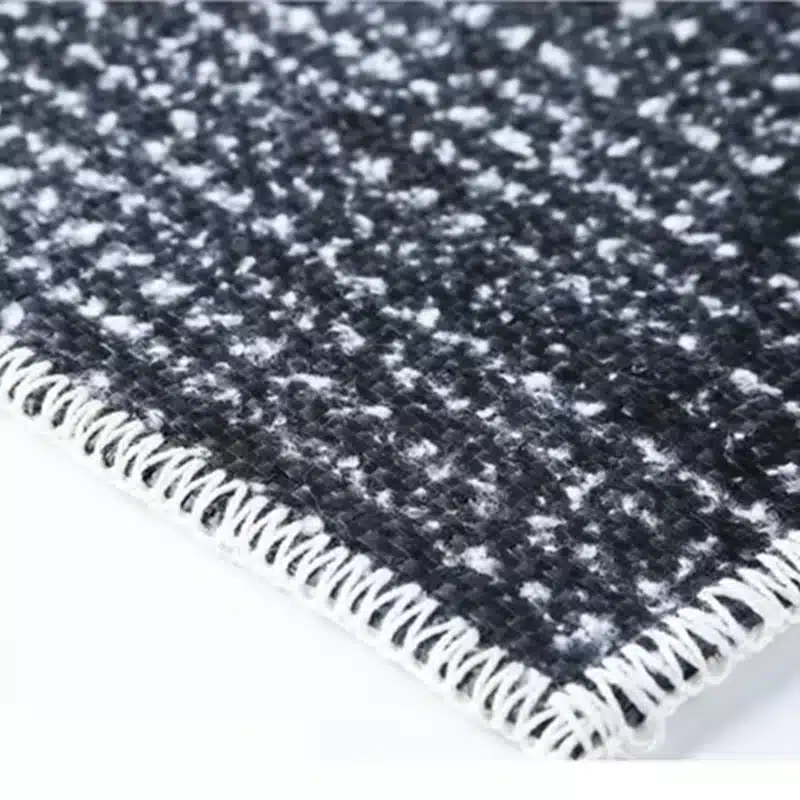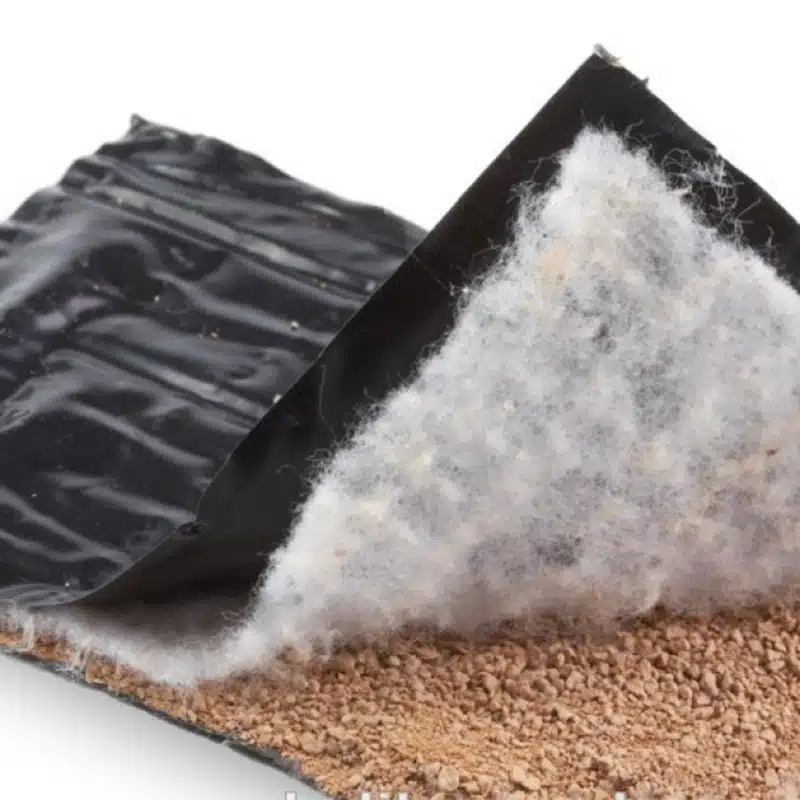+86-159 9860 6917
info@geofantex.com
geofantex@gmail.com
+86-400-8266163-44899
In the realm of environmental engineering and construction, geosynthetic clay liners (GCLs) have emerged as a cornerstone technology for managing and safeguarding our natural resources. These innovative barriers play a pivotal role in containment and are crafted by specialized manufacturers who are dedicated to merging quality with sustainability. This article delves into the intricate world of geosynthetic clay liner manufacturers, exploring the materials, thickness, applications, and advantages of GCLs, shedding light on how these components contribute to environmental protection and infrastructure resilience.

What are geosynthetic clay liners made with?
Geosynthetic clay liners (GCLs) are made primarily of two components:
- Bentonite Clay: This is the key component of a GCL. Bentonite is a type of clay that swells upon contact with water, creating an effective hydraulic barrier. The high swelling capacity and low permeability of bentonite make it ideal for preventing the leakage of liquids.
- Geotextiles or Geomembranes: The bentonite is typically sandwiched between layers of geotextiles (synthetic fabrics) or bonded to a geomembrane. These materials provide structural support, protect the clay from physical damage, and facilitate the installation of the liner. Geotextiles also help in retaining the bentonite in place and allow the transmission of liquid and gas through the liner system.
These components are combined to form a factory-produced sheet that can be rolled out and installed in environmental and engineering applications such as landfill liners, and caps, and for containment in mining and wastewater treatment.
How thick is a geosynthetic clay liner?
Geosynthetic clay liners (GCLs) are commonly used in environmental and civil engineering projects as a barrier to contain or control fluid migration. The typical thickness of a GCL ranges from about 5 to 10 millimeters. This thickness can vary slightly depending on the manufacturer and specific applications. Some GCLs may be thicker to suit particular needs, such as increased hydraulic performance or enhanced shear strength, but generally, they fall within this range.

What is a clay liner used for?
Geosynthetic clay liners are versatile, serving a myriad of applications across environmental and engineering fields. Their primary use is as a barrier to prevent the migration of liquids and gases in landfills, mining operations, and water treatment facilities, specifically to limit seepage from tailings impoundments and to cover solid waste disposal landfills. Additionally, GCLs are employed in the construction of caps for closed landfills, in secondary containment for hazardous materials, and in the protection of groundwater from contamination. Beyond these applications, they play a crucial role in civil engineering projects like roadways, railways, and dams, where their soil stabilization and water barrier properties are critical for maintaining structural integrity and environmental safeguards.
What are the advantages of geosynthetic clay liners?
The advantages of geosynthetic clay liners are manifold, making them a preferred choice for environmental containment solutions. Key benefits include:
- Impermeability: The high swelling capacity of bentonite clay offers exceptional sealing capabilities, effectively blocking the passage of fluids.
- Ease of Installation: GCLs are lightweight and easy to deploy, significantly reducing installation time and costs compared to traditional clay liners.
- Durability: Engineered to resist chemical and biological degradation, GCLs maintain their integrity over long periods, even under harsh environmental conditions.
- Environmental Protection: GCLs provide a sustainable solution for protecting soil and groundwater from pollutants, aligning with global environmental conservation efforts.
- Versatility: Suitable for a wide range of applications, from landfill liners to water containment in hydraulic projects.
Geosynthetic clay liner manufacturers are at the forefront of developing innovative solutions that balance engineering demands with environmental stewardship. By understanding the makeup, thickness, applications, and advantages of GCLs, stakeholders can better appreciate the value these liners bring to infrastructure projects and environmental protection initiatives. As technology and materials science advance, the role of GCLs in safeguarding our planet’s natural resources is set to expand, underscoring the importance of continued research and development in this critical field.



Get Free Sample
We’ll respond as soon as possible(within 12 hours)






















